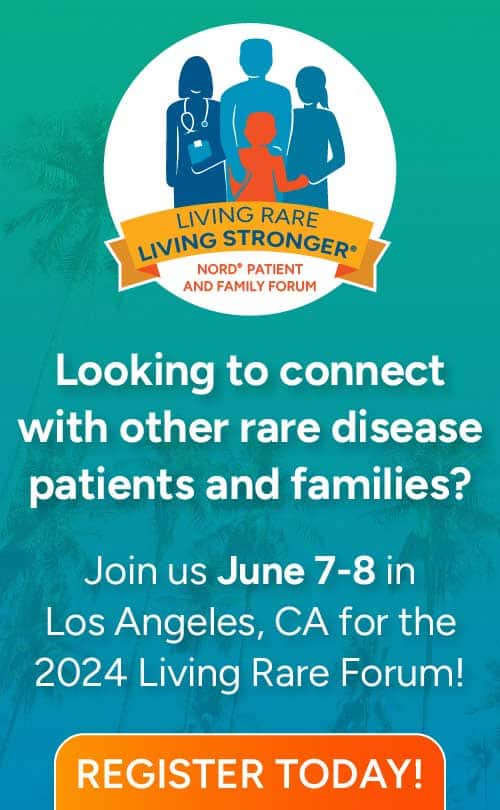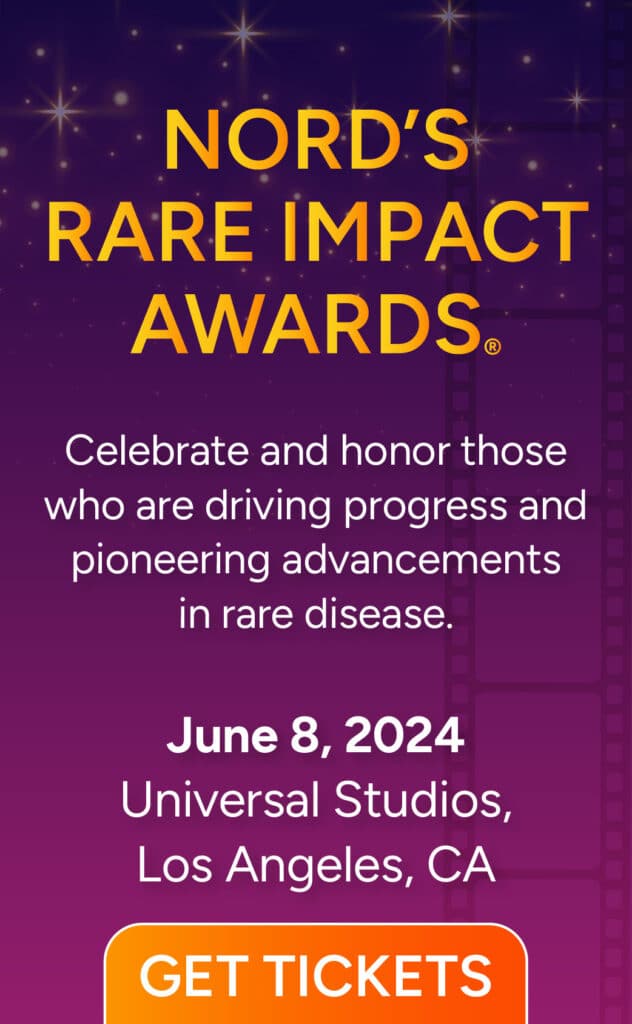The following commentary by NORD President and CEO Peter Saltonstall originally appeared in The Well.
Rare diseases are, by definition, uncommon. For a disease to qualify as rare, it must affect fewer than 200,000 Americans — or less than .06 percent of the U.S. population.
While the odds of being diagnosed with any individual rare disease are low, the universe of rare diseases is actually quite large. The National Institutes of Health has identified more than 7,000 rare diseases, which together impact more than 25 million Americans.
This means that when we gather with our loved ones to celebrate this holiday season, it’s likely that someone you are sharing a meal with or exchanging gifts with has a rare disease.
As a result, all of us have a personal stake in ensuring we have safe and effective drugs to treat rare conditions — and in making sure that Congress addresses important unfinished business before the end of the year for its constituents who are living with rare diseases.
Every day, the National Organization for Rare Disorders (NORD) and our partners are fighting for faster diagnoses, better treatments, and more cures for rare diseases. Because of this, we know that developing therapies for people with rare diseases is incredibly difficult.
While most of us have heard of rare diseases like ALS, muscular dystrophy, and cystic fibrosis, many rare diseases affect such a very small number of individuals that you likely have never heard of them.
Furthermore, rare diseases are often scientifically and medically complex, and tend to look different from patient to patient, even when they have the same diagnosis. And because rare disease patient populations are small and often geographically dispersed, clinical trials are often difficult to conduct.
For decades, Congress and the Food and Drug Administration (FDA) have been paving the way to make therapeutic breakthroughs possible despite these challenges. In 1983, Congress passed the Orphan Drug Act to incentivize therapeutic development in rare diseases.
In the almost 40 years since, the FDA approved more than 1,100 treatments for rare diseases, a tremendous success given there were only 38 FDA approved rare disease therapies in existence prior to 1983.
However, more than 90% of rare diseases still lack an FDA-approved therapy, so there is important work still to be done to better support rare disease patients obtaining safe and effective therapies for their condition.
Before lawmakers left Washington this fall to focus on the midterm elections, Congress passed H.R. 6833, which included provisions to keep the FDA funded and vital user fee programs operating which was critical to ensuring patients get timely access to lifesaving therapies and diagnostic tools.
This was good news, but here’s why lawmakers have more work to do.
When it passed H.R. 6833, Congress broke with longstanding bipartisan precedent and failed to incorporate several FDA-related patient priorities to address the unique complexities of developing therapies for rare diseases, and help patients, their loved ones and their health care providers have greater confidence that the treatments they are prescribed are safe and effective for them.
Left behind were several important bipartisan supported efforts, including those that would:
- Strengthen confidence in the FDA’s accelerated approval pathway, which was specifically created to accommodate therapy development in small and diverse patient populations with unmet needs, but has come under fire of late and needs reform to protect patient access to therapies that use this pathway.
- Shore up an incentive for continued investment in rare disease drug development created by the Orphan Drug Act, but now threatened by a recent court case by clarifying and codifying the scope of orphan drug exclusivity.
- Expand clinical trial diversity requirements for drug manufacturers to more fully reflect the diverse and dispersed populations impacted by rare diseases.
Congress also stopped short in enacting long-term reauthorizations of several programs to strengthen rare disease research, including the Orphan Products Grants Program.
The Orphan Products Grants Program has facilitated the approval of more than 80 medical products for rare diseases during its nearly four decades in existence.
Similarly, for the past two decades, the Best Pharmaceuticals for Children program has supported clinical trials to ensure medications that have historically only been tested in patients of some age groups can be used safely in very young children.
Each of these programs has a long and proven record of spurring safe and innovative products for rare disease patients and other vulnerable populations and has a history of bipartisan support regardless of whether Democrats or Republicans are in charge.
However, these important programs are only authorized through December 16 and their long-term future remains up in the air.
But it’s not too late for lawmakers to finish the job.
And that’s what the rare disease community — more than 25 million strong — is asking Congress to do.
Earlier this month, the National Organization for Rare Disorders and 125 organizations representing or treating patients impacted by rare diseases came together to urge Congressional leaders to address these important policies and programs before the end of the 117th Congress.
Together, we are asking Congress to do the right thing and ensure the 1 in 10 Americans living with rare diseases can continue to have timely access to safe and effective therapies.
Peter Saltonstall is the President and CEO of that National Organization for Rare Disorders (NORD), the leading patient advocacy group for Americans living with rare diseases.



